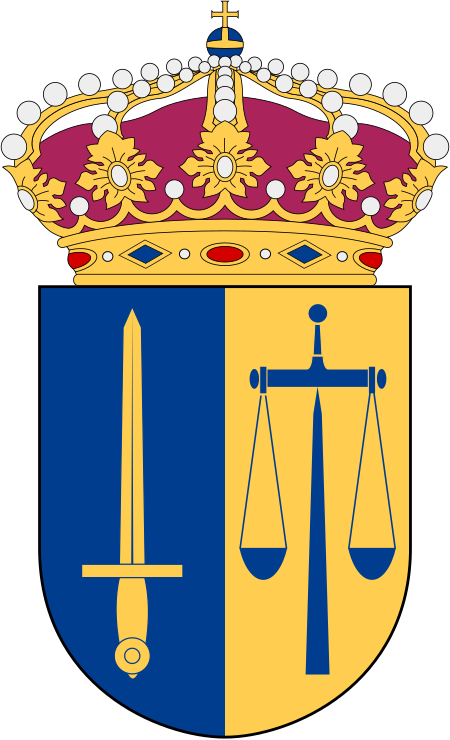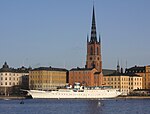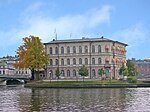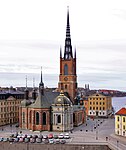Svea Court of Appeal
1614 establishments in SwedenAppellate courtsBuildings and structures in StockholmCourts in SwedenEuropean law stubs ... and 2 more
Government buildings in SwedenSweden stubs

The Svea Court of Appeal (Swedish: Svea hovrätt), located in Stockholm, is one of six appellate courts in the Swedish legal system. It is located in the Wrangel Palace, on Riddarholmen islet in Gamla Stan, the old town of Stockholm.
Excerpt from the Wikipedia article Svea Court of Appeal (License: CC BY-SA 3.0, Authors, Images).Svea Court of Appeal
Evert Taubes Terrass, Stockholm Riddarholmen (Södermalms stadsdelsområde)
Geographical coordinates (GPS) Address Nearby Places Show on map
Geographical coordinates (GPS)
| Latitude | Longitude |
|---|---|
| N 59.325 ° | E 18.0625 ° |
Address
Riddarholmen
Evert Taubes Terrass
101 23 Stockholm, Riddarholmen (Södermalms stadsdelsområde)
Sweden
Open on Google Maps











